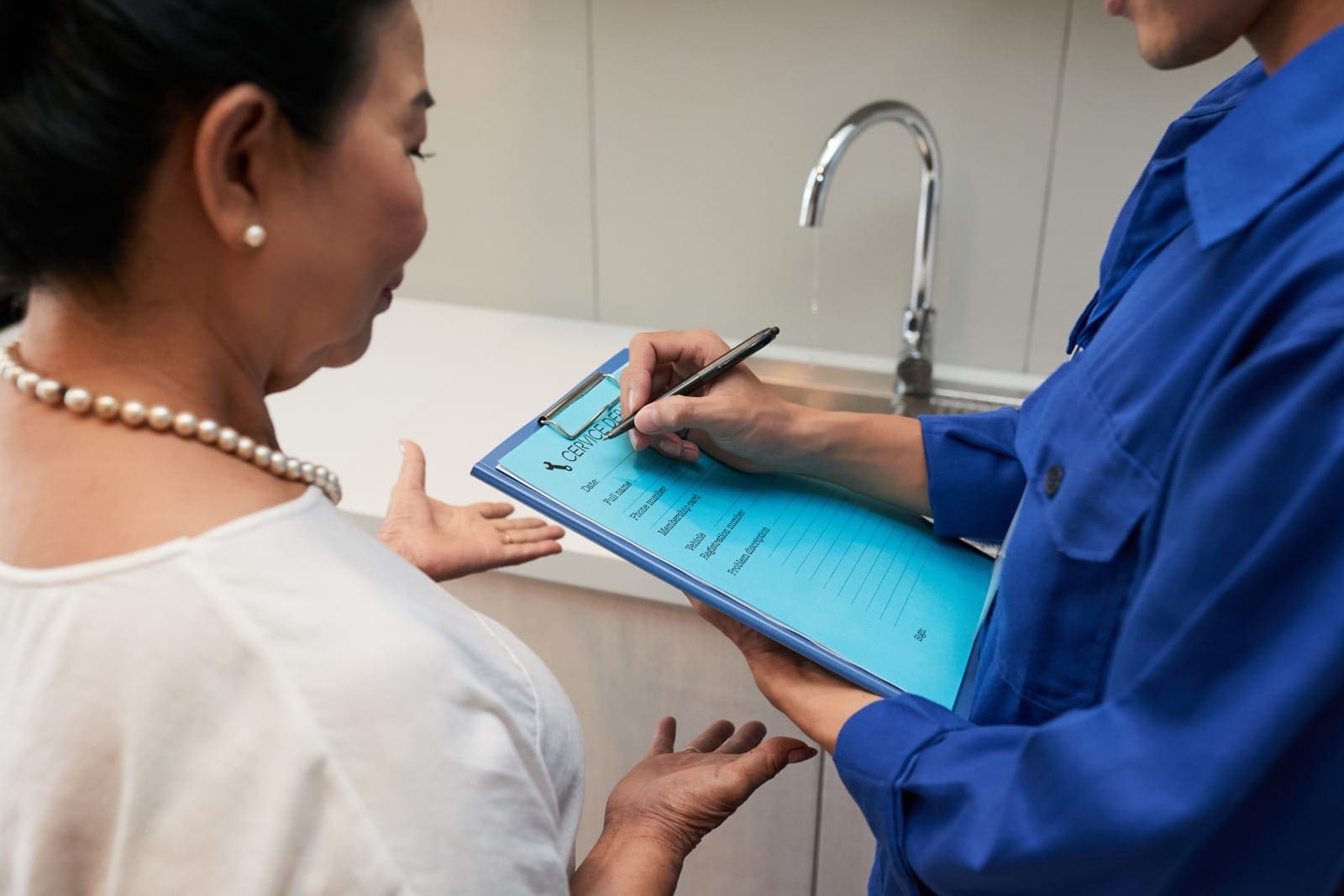On-Demand Outsourcing BPO Services for Healthcare Providers With 24/7 Coverage!
Save up to 70% on staffing costs!
Browse Specialty Staffing ServicesWhat is the Importance of Medical Insurance Pre-Verification in Healthcare?

As a healthcare provider—whether you’re a doctor, nurse, administrator, or anyone involved in patient care—you’ve likely experienced the complex world of insurance coverage firsthand. One of the most critical steps in ensuring smooth, hassle-free patient care is medical insurance pre-verification. This process might not always seem like a priority when you’re dealing with patient symptoms and treatment plans, but it’s essential in avoiding a cascade of issues, both administrative and financial, for you, your staff, and your patients.
In this article, we’ll dive into why pre-verification matters, how it works, and how you, as a healthcare provider, can leverage this process to improve patient satisfaction, reduce costs, and ultimately make your practice run more smoothly.
Key Takeaways
- Reduction in Delayed or Denied Payments: Pre-verification ensures you know what’s covered before services are provided, reducing the risk of payment issues later.
- Improved Patient Experience: Patients appreciate clarity on costs upfront, which helps avoid surprise bills and builds trust in your care.
- Streamlined Workflow: Proper pre-verification can help your administrative staff stay organized, reducing last-minute coverage issues and interruptions in care.
Why Medical Insurance Pre-Verification Matters
Imagine this: a patient arrives at your office for a scheduled procedure or consultation, assuming their insurance will cover the costs. After providing treatment, however, your billing team discovers that the insurance doesn’t cover certain procedures, leaving you and the patient with unexpected expenses and stress. This situation is frustrating for both parties, and it’s entirely preventable with medical insurance pre-verification.
Enhances Patient Satisfaction
When patients know what to expect financially before they receive treatment, it helps reduce anxiety and builds confidence in your practice. Transparency about costs is crucial in healthcare today, where high deductibles, co-pays, and out-of-pocket expenses can lead to patient frustration if they’re not handled upfront.
Imagine a patient coming in for a routine procedure. By verifying insurance details in advance, you or your front office staff can inform the patient of their exact financial responsibility before they ever set foot in the exam room. This level of clarity fosters trust and minimizes any negative experiences associated with unexpected billing.
Prevents Financial Losses for Healthcare Providers
From a financial perspective, unverified insurance can lead to denied claims, rejected payments, or lengthy payment delays. By confirming coverage before treatment, you can address issues in advance—like non-coverage for a specific procedure or a requirement for prior authorization. These steps not only help prevent revenue loss but also help to avoid lengthy billing cycles that require repeated follow-up.
With pre-verification, you’re essentially protecting your practice’s revenue stream. By verifying insurance before an appointment, you avoid “after-the-fact” rejections, making your billing cycle more efficient and reducing the burden on your billing staff.
Streamlines Administrative Workflow
In healthcare, time is of the essence. For administrators and support staff, the process of dealing with denied claims or resolving coverage issues can take away precious hours. Medical insurance pre-verification streamlines your administrative workflow, allowing your team to focus on more critical, patient-centered tasks.
Pre-verification is a proactive step that helps administrators manage their workload better. Knowing that coverage is set before the patient even arrives makes for a smoother, more organized process, and your administrative staff will thank you for eliminating unnecessary complications.
Step-by-Step Process of Medical Insurance Pre-Verification
To make pre-verification an easy and effective part of your practice, here’s a clear step-by-step guide on how the process works.
Collect Insurance Information Before the Appointment
Ideally, this happens during the initial patient intake—whether that’s when they call to schedule an appointment or through a secure online portal. Ensuring you have the most current insurance information upfront gives you a head start.
Verify Coverage and Eligibility with the Insurance Company
This step can often be automated with verification software, but if your practice does it manually, contacting the insurer is essential. During this call or data check, you’ll confirm the patient’s coverage, any deductible or co-pay requirements, and whether the specific treatment or procedure is covered.
Identify Any Necessary Prior Authorizations
Certain treatments and procedures require prior authorization from the insurance provider. By identifying these requirements early, you avoid delays on the day of treatment and reduce the risk of denied claims after the fact.
Inform the Patient of Out-of-Pocket Costs and Payment Policies
Once coverage and financial responsibility are confirmed, communicate this to the patient. Many practices find that patients appreciate an email or a quick call explaining what to expect cost-wise. This step may take a few extra minutes but can save a lot of time and confusion in the long run.
Document the Verification Process and Keep Records
Always document your verification calls or software checks in the patient’s file, making note of any special coverage information or authorization numbers. Having this documentation will be invaluable if there are issues later or if you need to reference coverage details.
Common ICD and CPT Codes Associated with Pre-Verification
While pre-verification doesn’t directly involve ICD or CPT codes, understanding the most common codes related to the treatments or procedures your practice offers can make pre-verification smoother. Here are a few examples:
- ICD Codes (for diagnoses) help insurers understand why a procedure is medically necessary.
- CPT Codes (for specific services) clarify what treatment or service is being provided, which aids in determining coverage.
Example codes might include:
- ICD-10: J06.9 – Acute upper respiratory infection, unspecified.
- CPT: 99213 – Office or other outpatient visit for an established patient, which could be used for general consultations.
Becoming familiar with these codes and maintaining a list of commonly used ones for your practice can expedite the pre-verification process.
FAQs
How early should pre-verification be done?
Ideally, pre-verification should be completed several days before the appointment, allowing time to resolve any issues and obtain prior authorizations if needed.
Can pre-verification be done for emergency cases?
In emergency situations, pre-verification might not always be possible. However, for non-emergency cases or planned treatments, it’s a critical step that can be scheduled in advance.
How can I make pre-verification easier for my administrative staff?
Consider adopting verification software that can automate parts of the process, reducing the time and resources needed for each verification. Training your staff on this software will also be key to making the process more efficient.
What if a patient’s insurance changes between appointments?
Insurance changes are common, and they can create challenges. Regularly updating insurance details at each patient interaction is a good practice to ensure pre-verification accuracy.
What Did We Learn?
Medical insurance pre-verification is more than just an administrative task; it’s a safeguard for patient satisfaction, financial health, and the overall efficiency of your practice. By proactively verifying insurance before treatment, you can prevent payment delays, denied claims, and frustration for both patients and staff. When you take the time to verify coverage upfront, you not only streamline your office workflow but also provide a better, more transparent experience for your patients.
Ultimately, pre-verification is one of the best ways to ensure your practice is prepared, organized, and financially sound. It’s a straightforward step that makes a world of difference in the long-term success of any healthcare practice.
Disclaimer
The information in our posts is meant to inform and educate both healthcare providers and readers seeking a better understanding of the prior authorization process. However, it is not a substitute for professional advice. Insurance requirements, policies, and approval processes can vary widely and change over time. For accurate guidance, healthcare providers should consult directly with insurers or use professional resources, while patients should reach out to their insurance providers or healthcare professionals for advice specific to their situation.
This content does not establish any patient-caregiver or client-service relationship. Staffingly, Inc. assumes no liability for actions taken based on information provided in these posts.
For tailored support and professional services,
please contact Staffingly, Inc. at (800) 489-5877
Email : support@staffingly.com
 Book a Demo to Build Your Team Today!
Book a Demo to Build Your Team Today!
 Read Case Studies
Read Case Studies 



 Virtual Medical Assistants
Virtual Medical Assistants



